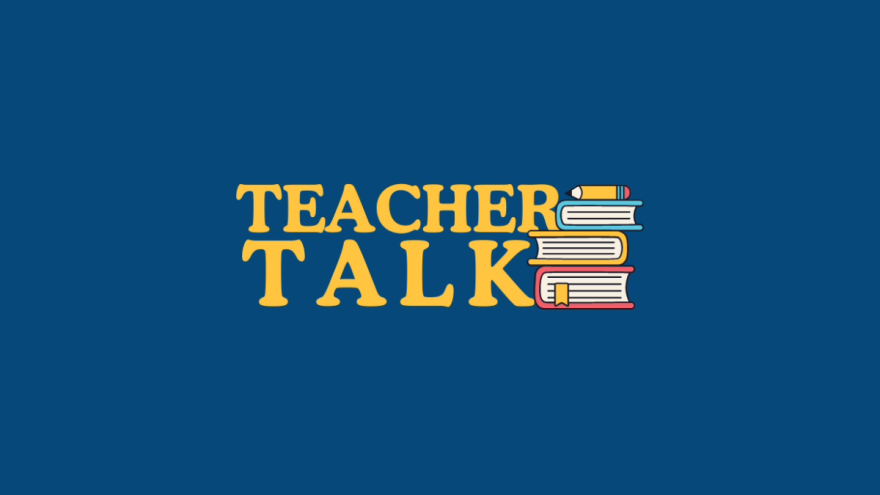Librarians and teachers have one of my favorite sayings: “All reading is good reading.”
Yes, there is the literary canon, which upholds certain works of literature as high caliber writing and storytelling. Unquestionably, there are books that are better than others. And yet, I am of the opinion that all reading – whether it is listening to an audiobook, browsing a magazine, or laughing at a comic book – is good.
As a former children’s librarian, a middle and high school English teacher, and a current Lecturer in the University of South Dakota’s M.A. in Education: Reading Specialist/Literacy Coach program, I am highly interested and invested in best practices in literacy instruction.
Along with other higher education faculty members across South Dakota, I am currently taking the AIM Pathway Course offered by the South Dakota Department of Education. The course teaches the components of the science of reading, including the explicit and systematic instruction in phonemic awareness, phonics, fluency, vocabulary, and comprehension, the Reading Rope, and the Simple View of Reading. I appreciate the opportunity to learn what K-12 educators are receiving in professional development on this topic, and as always, I am eager to learn the implications of research on practice.
Like the phrase “all reading is good reading,” I am also of the opinion that all reading instruction is good reading instruction. Yes, the science of reading is the new gold standard in best practices for teaching reading. And yet, it is important that other methods of instruction that support and encourage students to develop their reading skills aren’t lost entirely. As educators, we need many tools in our educational toolbox. There is not one instructional method that works for every student, just as there isn’t one book for every reader. We need all available resources.
For example, the science of reading focuses primarily on teaching word recognition and decoding, or one strand of the Reading Rope. The other strand, oral language acquisition, which develops naturally in a vocabulary-rich environment, is less likely to be taught in the science of reading curriculum. The National Committee for Effective Literacy contends that development of verbal language skills is essential for English language learners, and therefore, is a vital component of literacy instruction.
Additionally, the practice of reading aloud to children and teens, although not expressly part of the science of reading, has widely shown to improve background knowledge, vocabulary acquisition, reading comprehension, and reading motivation.
Children under the age of five who were read to daily have heard over 1.4 million more words than children who were not read to, contributing to what is now known as the “million word gap.” Reading aloud also develops a love for reading, which has been on the decline in older children and teens. In 2023, only 14% of 13-year-olds said that they read for pleasure “almost every day.” This is a startling decline from 27% in 2012, and also the lowest percentage on record.
Yes, the explicit and systematic instruction of decoding words is a vital part of reading instruction. I am excited about the literacy gains that teachers are seeing both young children and teens through the science of reading practices. And, there is no need to abandon all other literacy instruction practices in the process. Students have varying needs and abilities, and teachers should be empowered to avail themselves of all possible resources in the name of literacy.


